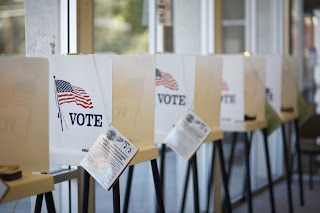Street Roots: Creating Opportunities in PDX
Walking around downtown Portland, you may have seen vendors of these $1 newspapers walking the streets, unaware of the impact it has made on some vendors' lives. With a tagline like, "Buck the System", it's no wonder Street Roots is turning heads. Street Roots, a Portland organization, has been addressing homelessness and poverty since 1998. They strive to create income opportunities, such as selling newspapers, for people experiencing poverty and homelessness in the Portland area. In addition to their vendor program, they also produce resource guides with a list of current services for people experiencing homelessness and poverty in Multnomah and Washington Counties, with more than 160,000 guides published per year. These are distributed to organizations working with people experiencing homelessness and poverty in the Portland region. They are also strong advocates of efforts related to homelessness and housing in Portland, such as the Welcome Home Coali...






